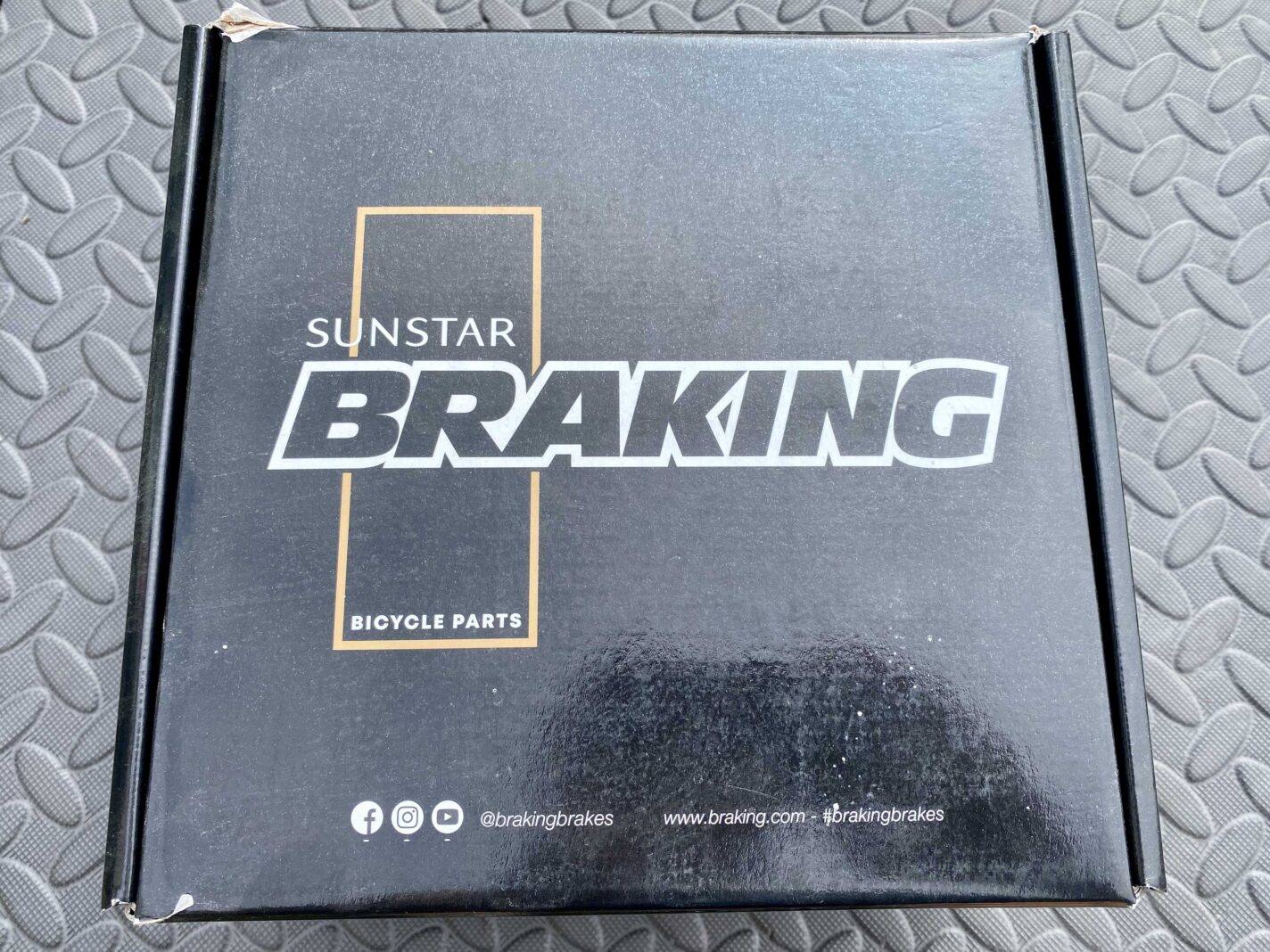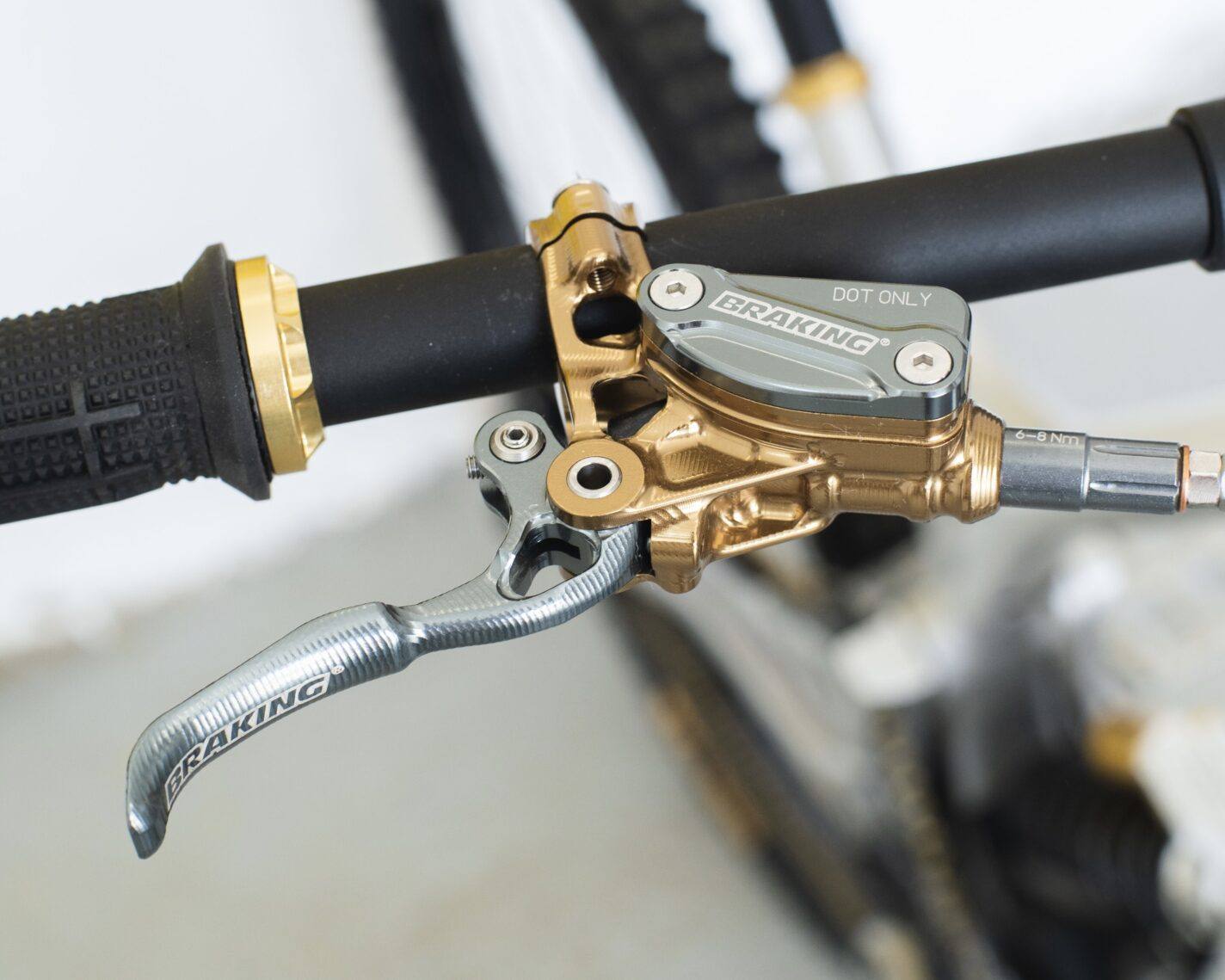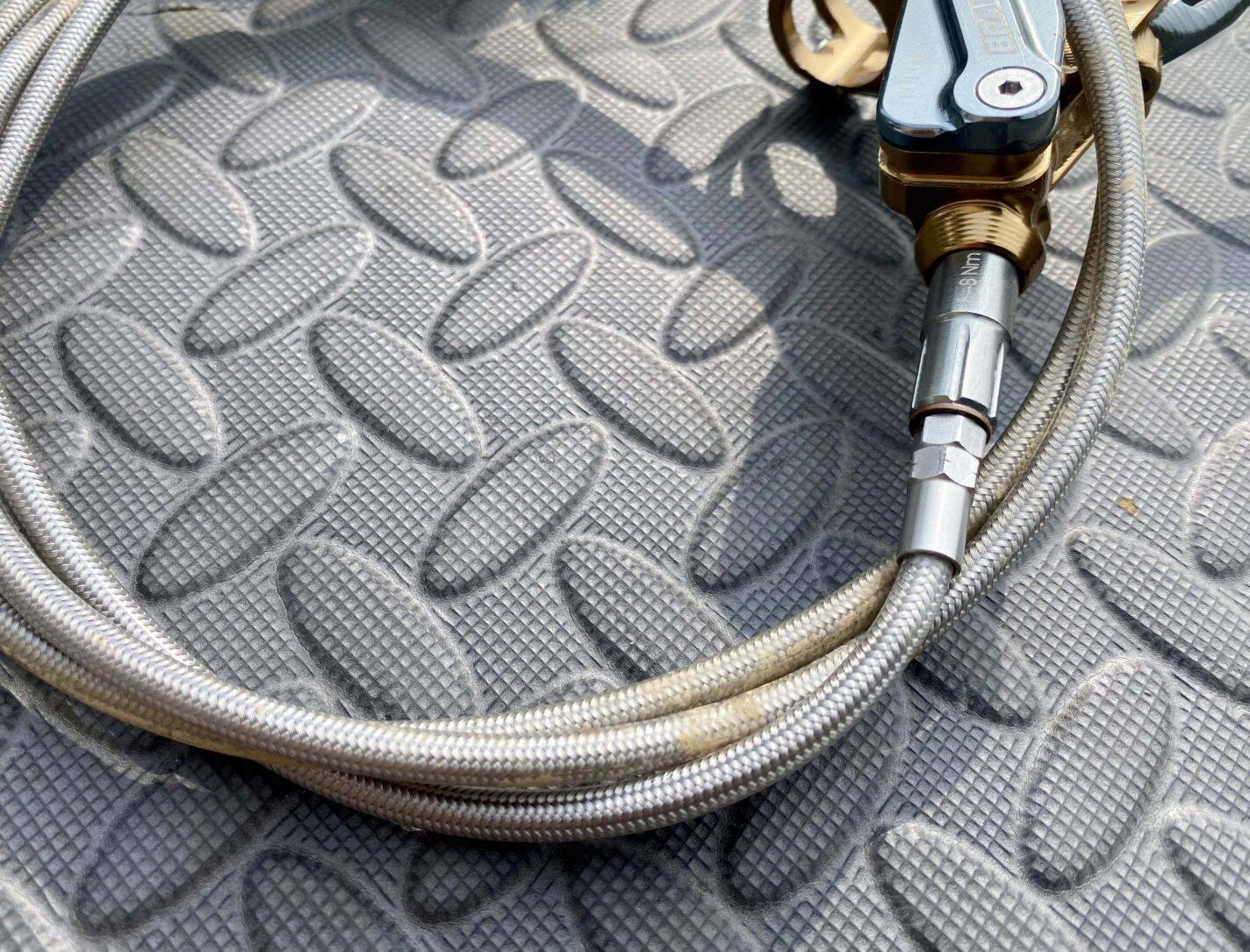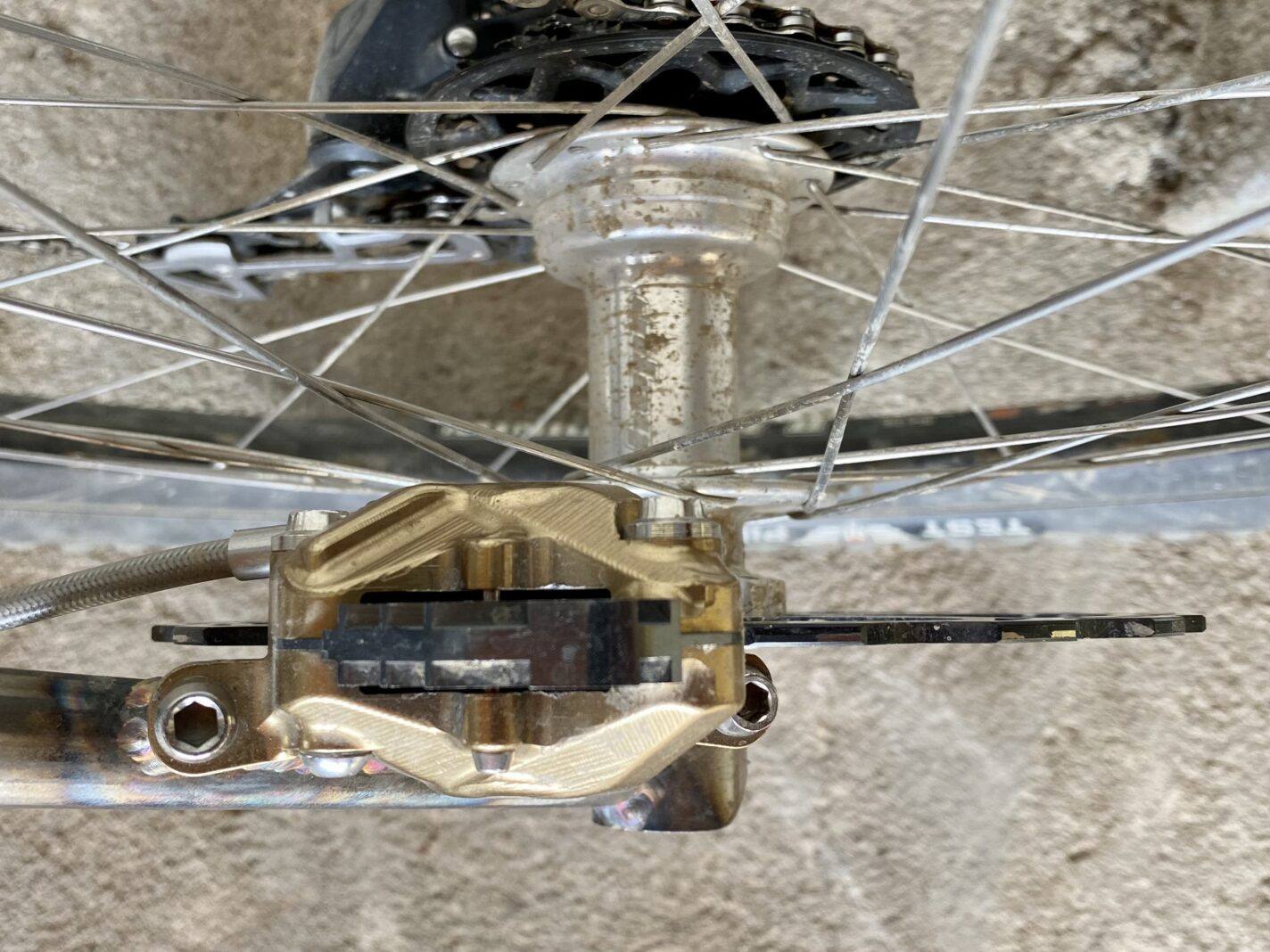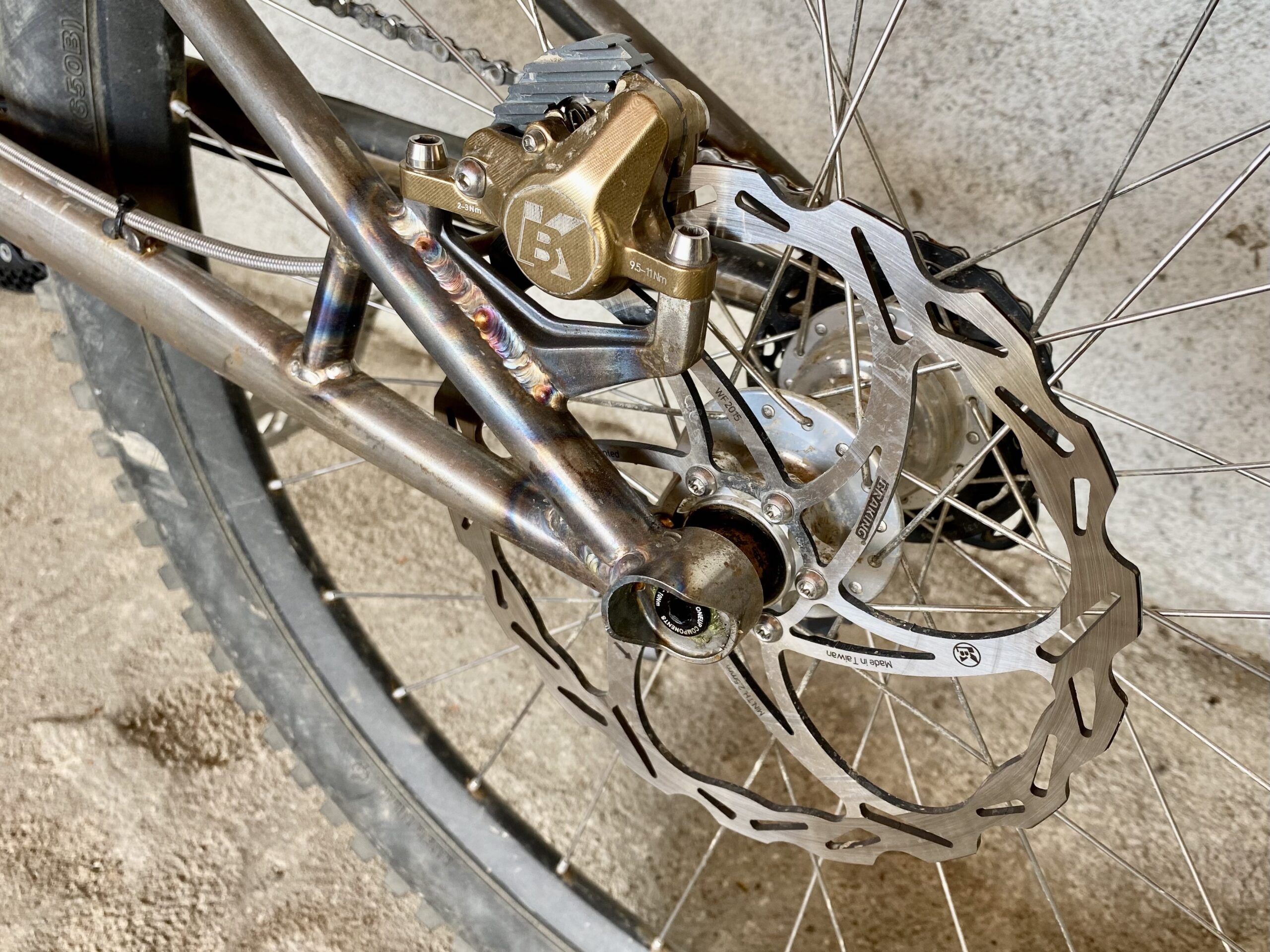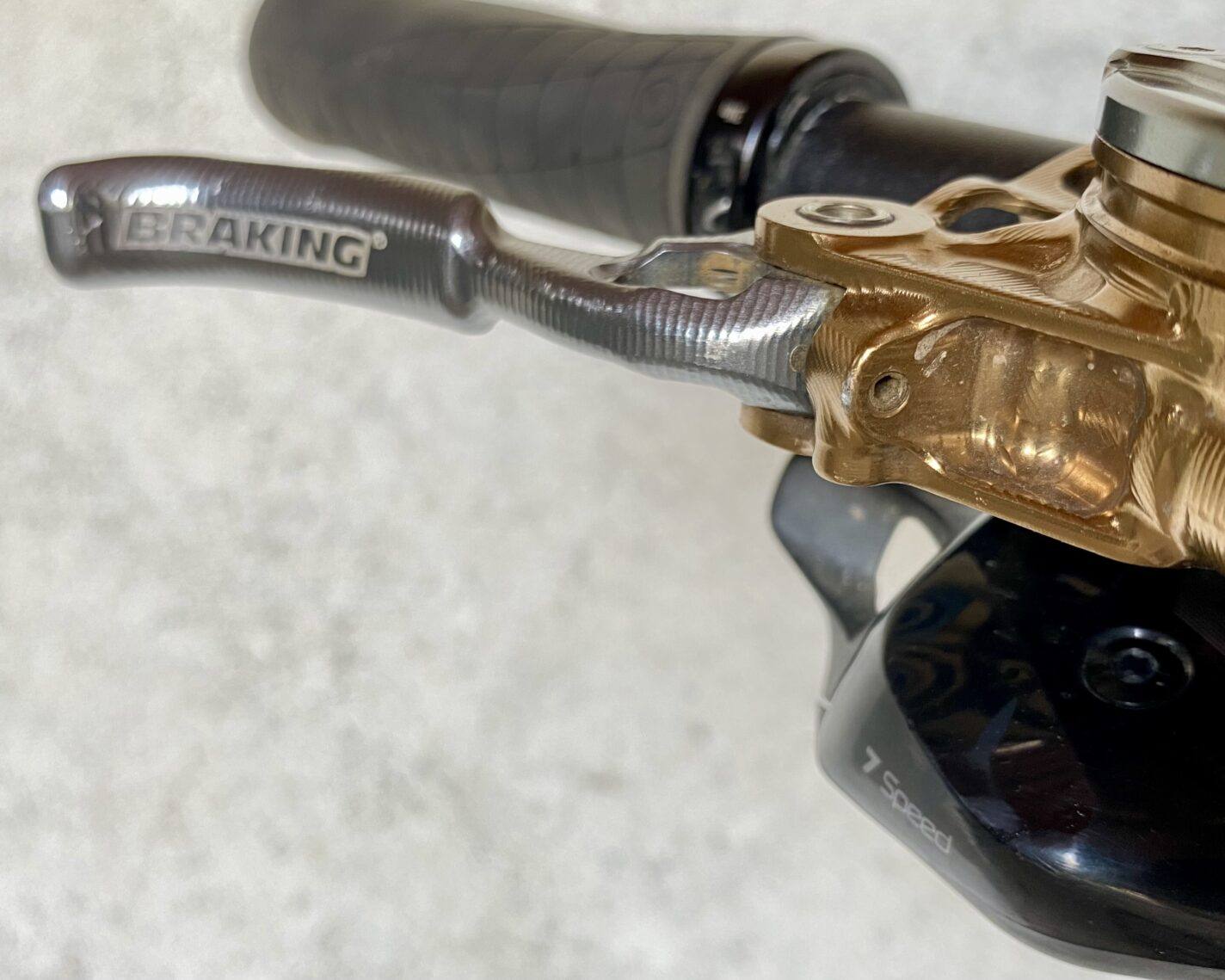INCAS
InterChangeable Cartridge System.
The INCAS system means you can change the main piston in the lever from standard 9mm to 10mm. I believe changing to 10mm will give a more powerful and sharper brake with less modulation, but again, no comparative explanation on the website.
I couldn’t find these anywhere in stock for ages. Then I found some at a local shop and I reserved them over email. The day before I was going to collect them, they messaged me to say they had sold one of the pair. I decided not to bother picking the other one up and didn’t order any more. Trying to support your local bike shop is a great idea, but with so many thousands of options for everything in the bike world, I often find it is more hassle than its worth to track down the exact parts you need, especially if the shop actually has them, reserves them for you, but then sells them.
With a list price of €58.40 each on www.RideWill.it I couldn’t really justify any more expense on this test. Ideally, I think it would be better if the brakes came with all the options in one box from new.
Adjustment
The levers do have a great adjustment for lever reach and bite point. If you prefer a very short lever throw and a sharp brake these can definitely be a good option for you. You can set them up to have nearly no free lever movement. The downside of these adjusters is that they use tiny 2mm hex keys, and can sometimes start to rattle loose, you can nip them up easily, if you have a fiddly 2mm hex key with you which many multi-tools don’t have.
The lever blade shape and angle feels great and nicely in line with my index finger. The initial pull is light and smooth initially. But the lever can get crunchy and squeaky over time. There’s no cartridge bearing on the lever main pivot which could be added for a smoother action.
Reliability
I had zero issues with the INCAS during testing. I read a few comments on my posts and via messages that their mate’s mum’s dog’s brother had had lots of warranty problems. But personally, nothing. I’ve called out on instagram a few times to see if anybody could explain specific problems they had, or had heard of, but no solid reports came back.
Ride and Conclusion
Overall these are a really, really good set of brakes that I would happily continue to use for any kind of DH/Enduro/eMTB situation.
The two-piston caliper offers instant and very sharp bite. Power is plentiful and I was never asking for more, easily as much as many four pistons on the market, but not compared to the new Hope T4 V4 monsters. Modulation is less than a 4-piston, but these brakes are very easy to feel and feather.
A two-piston caliper is easier to align than a longer four-piston caliper with the very small tolerances in a bike brake. There are also no problems with sticky pistons or misalignment which can be common on four-piston brakes.
They are the most consistent brake I have ever used (maybe Trickstuff Direttisima were similar – but I tested those 5x years ago) and with the 3mm thick rotors and carbo-metallic pads we had no major bite change or heat management problems regardless of tipping the bike on chairlifts and changes in altitude or heat.
The lever blade feels great, solid and flex-free. The ergonomics put the lever blade nicely inline with the index finger.
The overall construction is solid and offers something a bit different to the rest of the market. Although, I would prefer chunkier or tool-free lever adjustment.
Sourcing the correct parts was tough, but this will depend on your location and the quality of local dealers and hopefully, the supply chain is improved now. This also highlighted some of the difficulties of independent reviews: it’s hard to justify more and more expense to try all the options of pads and other options when buying everything at retail price, it was much easier working for classic review sites when a box turns up in the post with every possible option to try out for free.
If you want to buy a pair I would probably skip the 3mm rotors, using one on the rear is great, but if you need to replace it in quickly you will never find a spare in your local shop or at a bikepark.
‘Italian Style’ is definitely a good way to describe these brakes from the beautiful design to the lack of clear information.

